4 Elements to Include in a Powerful Devotional: Part 2
Bonus coaching: Make sure to join Amy on Facebook Live today on the Next Step Coaching Facebook page at 4:30 pm Eastern Time. She’ll be sharing a tip to make your speaker bio more engaging. If you want to join live or watch the replay, click on the graphic below.
Read on for Part 2 of Melanie’s excellent series on devotion writing!
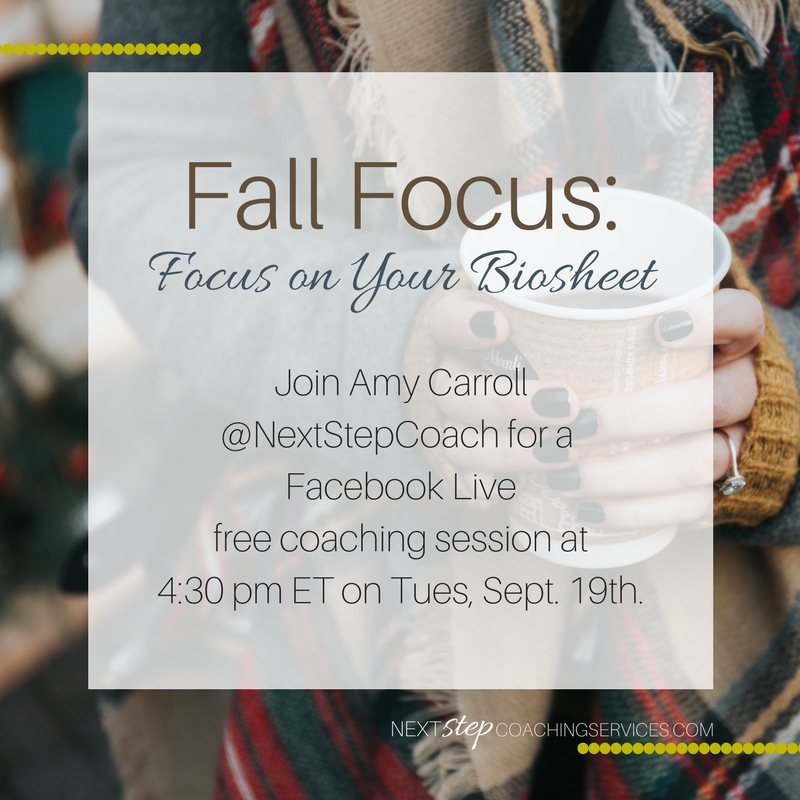
You know that the first words your reader reads can propel her to keep reading – or not. But maybe you’re not sure how to put those introductory words together for a powerful impact. Today we have the answer to that problem!
We’ll continue to discuss 4 useful elements to include in a powerful devotional. In last week’s blog I included an overview of the four key elements to include:
- Introduction
- Addressing Your Reader’s Need
- Exploration of Scripture
- Conclusion
In that post I also included a sample devotional which can be read in the first blog post by clicking here.
Today let’s talk about a couple starting points, the topic and the purpose, and then we’ll discuss the first element, the Introduction.
How do you come up with a topic for your devotional?
Begin with whatever you’re learning from God in your own life. Which issues are you praying about? Which Scriptures jump off the page during your quiet time? Pray for additional ideas, creativity, and the leading of the Holy Spirit.
I also think about the answers to these questions: What are my friends talking about? Community issues? Social media topics? I’m looking for universal topics most women can relate to. For example, in my sample devotional I discuss the topic of feeling beautiful. With a culture inundated with photoshopped images, I think most women consider this a relevant topic and relevancy makes your devotional powerful.
Now let’s consider our purpose in writing a devotional. Our devotional’s general purpose is to encourage our reader’s devotion to Christ. The purpose, however, can be refined beyond that. Is your devotional’s purpose… To teach? Encourage? Exhort? Move toward thanksgiving and praise? Some combination of the above?
I think about my purpose before I write, but often I don’t completely derive that until I’m in the process of writing, and that’s normal! In the sample devotional, what would you say is my main purpose? My hope was to encourage women by saying it’s okay to want to feel beautiful and to remind readers that the Lord affirms that desire.
Now let’s talk about the Introduction, the first words your reader will read. The introduction paragraph (or initial several short paragraphs) needs to accomplish two things: 1) introduce your topic and 2) introduce you, as a person.
Because you have very little time to capture your reader’s interest, begin the Introduction with a powerful hook – a statement that “hooks” your reader into continuing to read your devotional. Some of the most common and effective hooks are included below, each with an example.
A question or series of questions:
Do you feel like sometimes you and your spouse simply co-exist, or that you don’t have the relationship with your kids you always wished for? Are you ready to do what it takes to invest in your marriage and family? (Kirk Cameron, Facebook post)
These questions pull me in because I can relate to them. They’re questions I want answers to.
An intriguing statement:
There he went. Just like that. (Katie McCown, Proverbs 31 Ministries devotion, “What if He Gets Lost?”)
I’m interested! Who is she referring to when she writes “he” and where is he going?
I was supposed to get married today. (Zachary Chitwood, blog post, “An Elegy to my Wedding Day.”)
This first sentence makes me want to read to uncover the story.
Set a scene:
Five-year-old Ryan was a little spitfire whose favorite pastime was riding his bike. His rickety, red girl’s Schwinn bicycle had been handed down through several cousins before making its way into Ryan’s garage and heart. He proudly paraded his contraption up and down our block each afternoon. So imagine my surprise when one day I saw Ryan kicking his bike. (Karen Ehman, “Cultivating Contentment,” Real-Life Devotional Bible)
When setting a scene, use as many sensory details as you can – something Karen Ehman masters here. Notice the powerful words: spitfire, rickety, paraded, contraption. Strong and specific words allow your reader to visualize the scene.
A personal story:
My sons and I dance in the kitchen as we put away dishes while loud music blares. Lately, the sanctuary of our home is the only place I can dance without embarrassing them, a fact which usually doesn’t stop me from car dancing when a good song comes on.
Besides, today I would dance anywhere because I’m in a dancing mood.
Why? I got a new pair of boots. And these are not sensible boots. They are high-heeled and impractical. Today they make me feel beautiful.
In these first three paragraphs from my sample devotional, “Do You Think I’m Beautiful?” I tell a very brief story or anecdote about me, my sons, and how I’m being carefree in my new boots. These introductory paragraphs serve to make me real, an everyday mom just like my reader, and hopefully these paragraphs foster a strong connection between me and the reader. I also introduce the topic of wanting to feel beautiful.
So here’s what we’ve discussed in this second post of this series about how to write a devotional:
- Explore a topic
- Consider your purpose
- Introduce with a hook
Next week we’ll continue to learn more about how to write a powerful devotional, moving on to the second element, addressing your reader’s need.

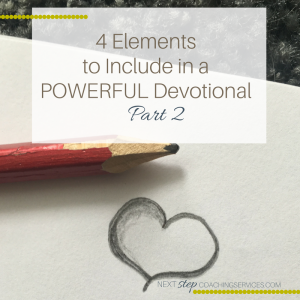

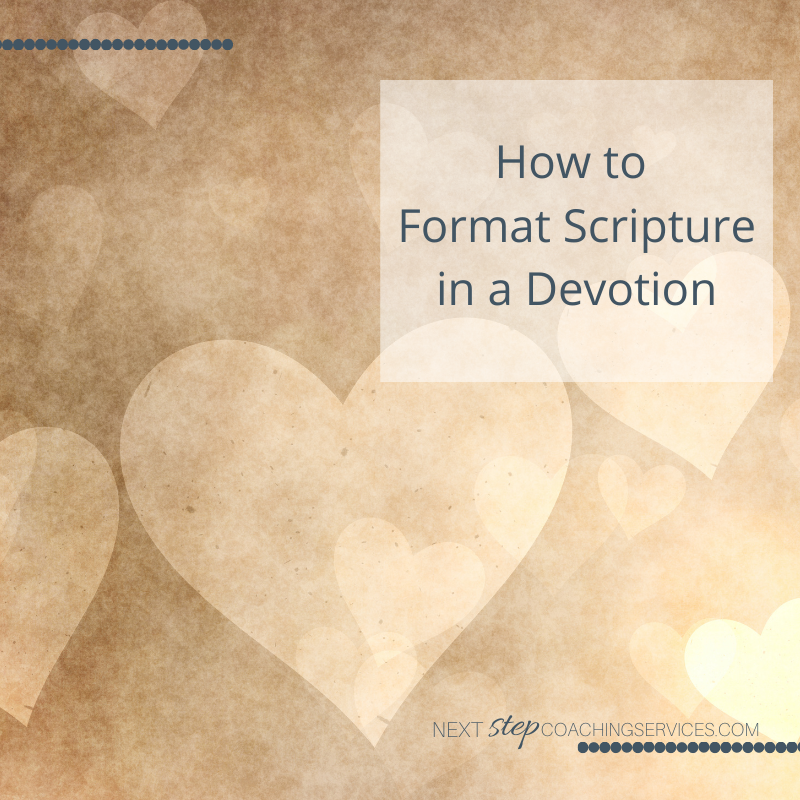
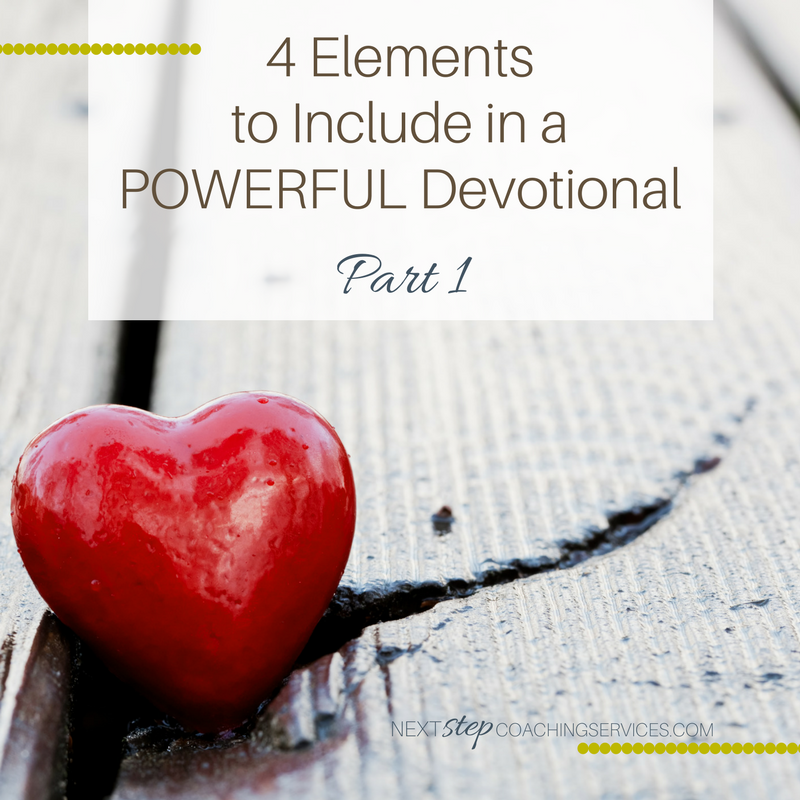
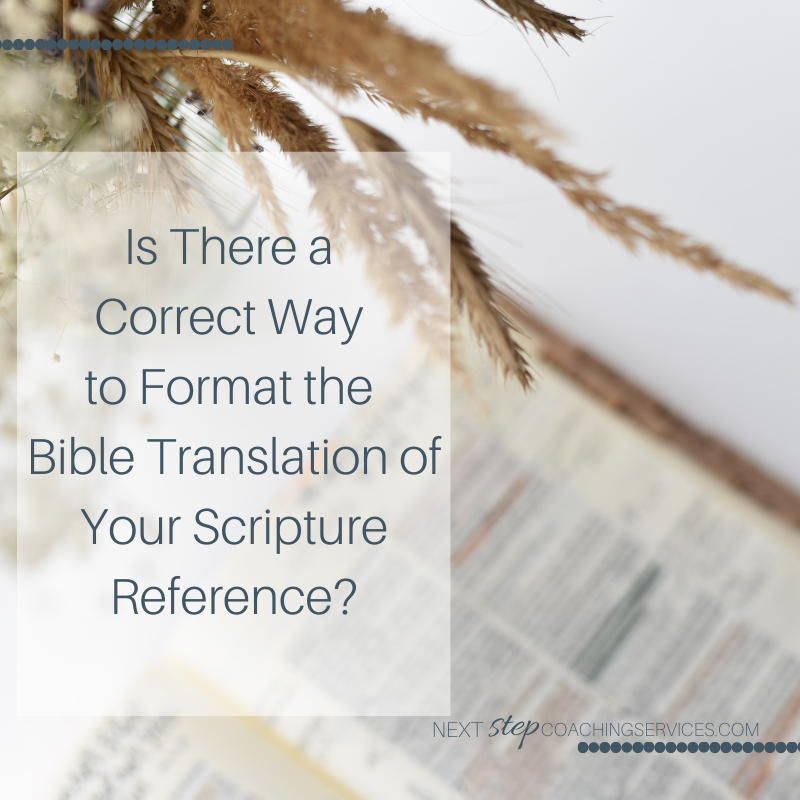


Great examples of “powerful hooks”! I so enjoy getting hooked 🙂 I am amazed when I come up with one myself! This part of writing is essential and quite challenging. Thank you for another great teaching, Melanie!
Proud of you learning and applying your new skills, Charla!!!
Melanie
Thank you for being so thorough as you share your expertise with us, Melany!
The place I often get stuck, when it comes to a hook (or an entire story for that matter), is I either think “This story is amazing to me but will anyone else think so?” Or I’m so familiar with the story I think, “Oh it’s nothing. It happens to everyone.” Can you relate?
Looking forward to next week’s post! You girls are amazing!
“Melanie” not “Melany”…. So sorry!
Hi Rose, Thanks for stopping by. I appreciate your comment! I do understand, but think about how ordinary/typical my little story is at the start of my sample devotion. Most of moments in life are pretty ordinary, truthfully. The key is seeing God even in the ordinary, and then teaching your audience to see the same.
Blessings, Melanie
Thanks! That was helpful!
Great!
Thank you for stopping by!